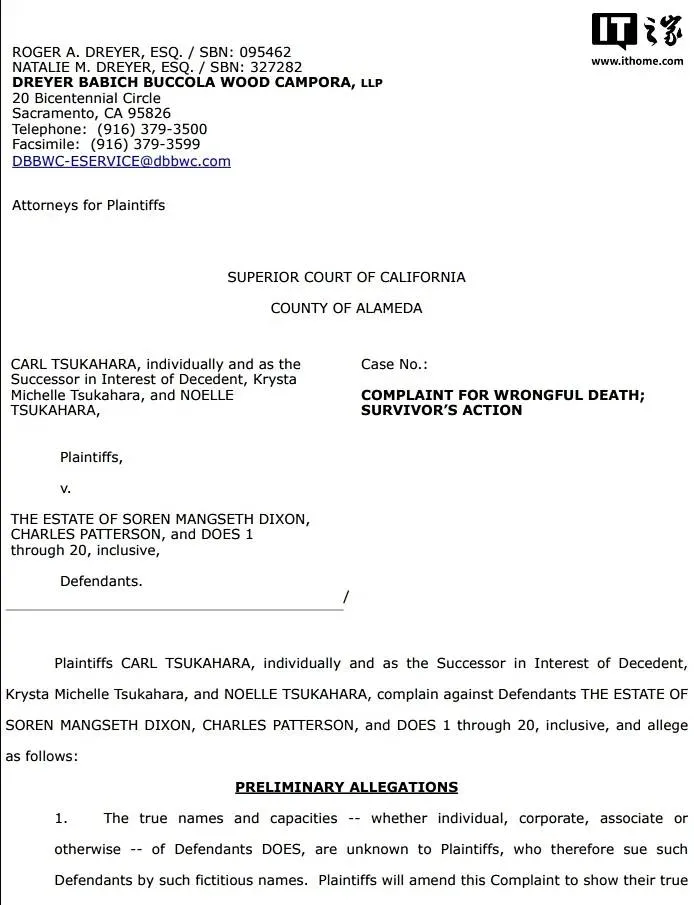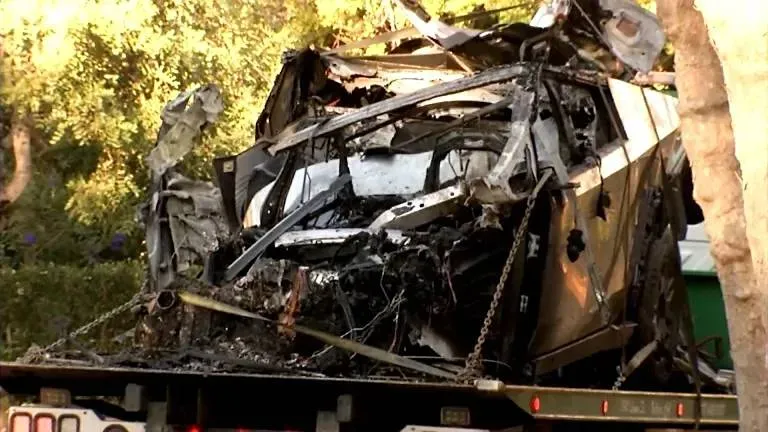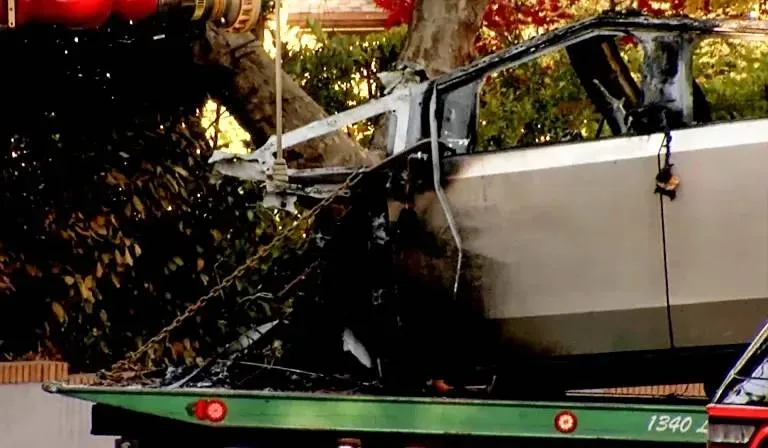The crash happened last Thanksgiving Eve in Piedmont, near Oakland. Police say 19-year-old Soren Dixon lost control of his Cybertruck while speeding. The vehicle hit a tree and caught fire within seconds. Dixon and two friends, Jack Nelson (20) and Krysta Michelle Tsukahara (19), were killed. A fourth passenger, Jordan Miller, survived after bystanders broke a window to pull him out.

Toxicology tests found alcohol and cocaine in Dixon’s system. Investigators concluded that speed and intoxication caused the crash. But the families insist that design flaws made the difference between life and death.

Tesla’s stainless-steel body and reinforced glass also made rescue harder. Firefighters could only break one window before flames spread through the cabin.
Tsukahara’s father said his daughter might have lived if the doors were easier to open. “She was bright, kind, and full of promise,” he told reporters. “It’s painful to think that better safety design could have saved her.”

Tesla said it plans to redesign its door systems but has not commented on the lawsuit. Legal experts believe the case could pressure the automaker to improve escape safety in future vehicles.
For the victims’ families, the fight is personal. As Nelson’s parents said, “Our kids were friends, full of life, and full of trust in technology. That trust cost them everything.”
Key Points
- A Tesla Cybertruck crash in California killed three young passengers.
- Families say electronic doors failed after power loss.
- Manual door release was hidden and hard to reach.
- Tesla’s heavy design slowed rescue efforts.
- NHTSA has launched an investigation into similar cases.
